Nowadays, night lighting has gradually become a part of architectural language and plays an important role in expressing architectural culture.
Lighting can express the details and essence of the building, express the functional characteristics of the building, highlight the cultural characteristics of the building, and add to the charm of the building.
But the lighting design of buildings with different functions is different. If the front of a building is illuminated at a certain distance, from the main direction of light, the whole building will appear to have no sense of hierarchy.
But then:
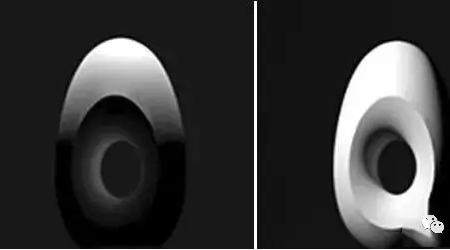
▲
It can be clearly seen that it is easier to depict the stereo sense of the target by contrast between light and shade by means of "grazing" on the side of the object being irradiated.
The commonly used night scene lighting methods generally include floodlighting, contour lighting, key lighting, interior penetration lighting, local lighting, mixed lighting and so on. Among them, floodlighting is one of the most commonly used night scene lighting methods, and the number, location and projection angle of its lamps are the key issues.
Therefore, this article takes you to understand: floodlighting of those things.
What is floodlighting?
The so-called floodlighting usually refers to the way of illuminating a scene or target with a spotlight or floodlight, and its illumination is obviously higher than the surrounding illumination.
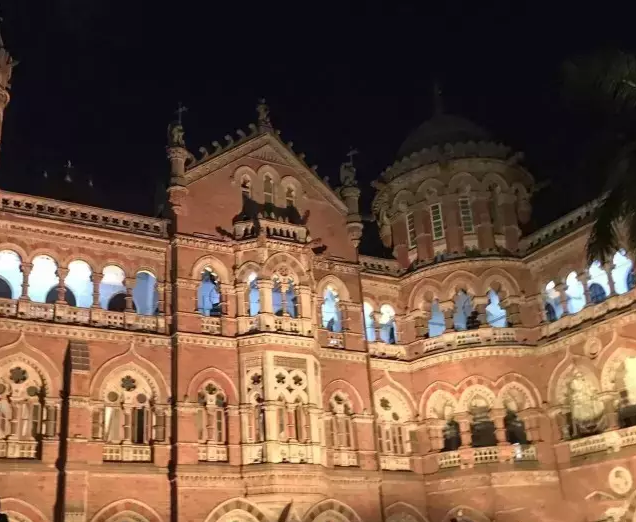
▲
The typical case of floodlighting fully reflects the facade texture of the building. (Pictures from Liangmeiji case)
The purpose of floodlighting is varied. One is to keep working safely or at night, such as parking lot, cargo yard, etc. The other is to highlight the cultural characteristics of the building and add architectural charm, such as buildings, statues, etc.
Main Points of Flooding Illumination Technology
Flood lighting should not "submerge the object in the sea of light", but show different planes and undulating contours of the object. Among them, the projection angle, projection distance and direction of the floodlight are very important.
Projection Angle and Direction
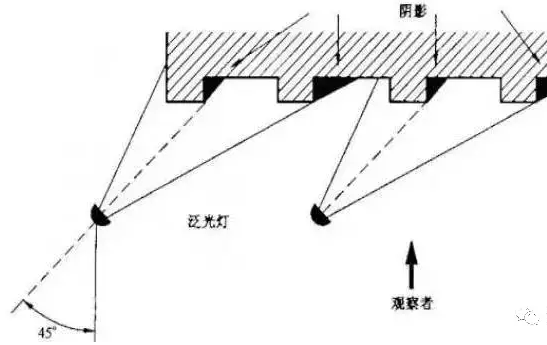
Generally speaking, the stereoscopic effect can be enhanced by projecting the separated group floodlights along the same direction to the target or by contrasting tones in both directions. In order to see the shadows and surface fluctuations, the direction of illumination should be different from the direction of observation, and the angle of the two directions should be at least 45 degrees. However, for monuments that can be seen from several places, it is impossible to strictly abide by this rule. Major observation points should be selected, and this observation direction should be given priority in lighting design.
Projection Distance and Brightness
At night, the visibility of architectural and sculptural details depends mainly on the brightness, so floodlights can be set up at a distance or close distance, or exposed or concealed, as required. Long-range projection can improve the uniformity of brightness, while short-range projection can emphasize the details and texture of the irradiated surface. For the whole irradiated surface, when the average brightness of the upper part is 2-4 times that of the lower part, the observer can feel the same brightness of the upper and lower parts.
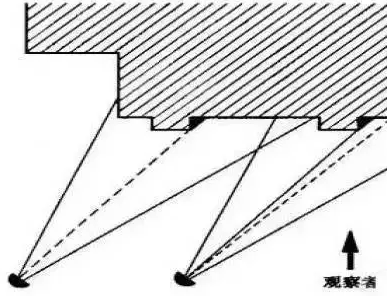
Principles of floodlighting
In order to make good use of floodlighting, we must choose the color of light reasonably. The color of light has emotional color, and the inconsistent matching of light and color will make people feel uncomfortable.
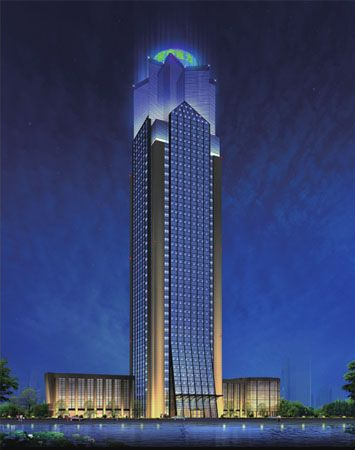
In addition, we should grasp the characteristics of buildings, architectural style, artistic conception and so on, find out the most striking features when projecting light from different angles, and select the facade irradiation surface with the highest viewing rate.
Usually the principle requirements of floodlighting are as follows:
1. The material color and texture of the facade details can be clearly seen in the vicinity, and the volume and light color of the facade can be clearly seen in the distance.
2. To grasp the characteristics of building facades and irradiate them from several different angles, so as to produce a remarkable stereo sense, especially the hierarchical effect of light and color.
3. The facade of the building should be illuminated prominently so as to form a contrast between light and shade with the surrounding environment and give full play to the foil role of the surrounding environment.
4. Understand the reflection ratio of building facade materials to light, and then determine the required illumination.
Prevent glare
In the design of night scene lighting, we often encounter a problem, which is also the most difficult to avoid, that is, glare.

The general causes of glare can be roughly divided into these points:
1. The brightness of the light source (the higher the brightness, the more significant the glare);
2. The position of the light source (the closer to the line of sight, the more significant the glare);
3. The size and quantity of the light source (the larger the apparent area, the more the number of light sources, the more significant the glare);
4. Ambient environment (the darker the ambient brightness is, the lower the eye's adaptation brightness is, the more significant the glare is).
So how to prevent glare in floodlighting design?
In flood lighting design, the surrounding lighting environment should be fully taken into account. In order to ensure better uniformity, the lamp spacing installed on the building should be 2.5-3 times the bracket length. If the spacing is too wide, a sector-shaped bright area will be generated.
。
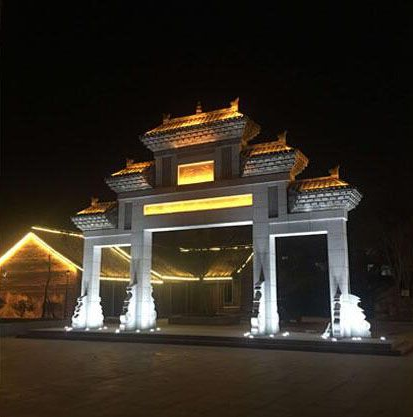
If side lighting is used, the shielding of lamps should be considered so as to minimize the unnecessary light. In floodlighting of buildings, the lamps are basically illuminated from the bottom to the top, so that the glare can be avoided to the greatest extent.
Flood lighting is compatible with the surrounding environment
If the tall buildings on both sides of the city main road are illuminated by the same way, it will give people a dull, even stiff feeling.
So how to solve this phenomenon?
1. Considering the combination of building materials and lighting sources, the floodlight illumination of buildings generally ranges from 15 to 450lx, depending on the surrounding lighting conditions and the reflectivity of building materials.
2. Consider the combination of building shape and light source color. According to the shape of the building, color lighting can be chosen, which can cause obvious color contrast between the front and side of the building and add a festive atmosphere.
